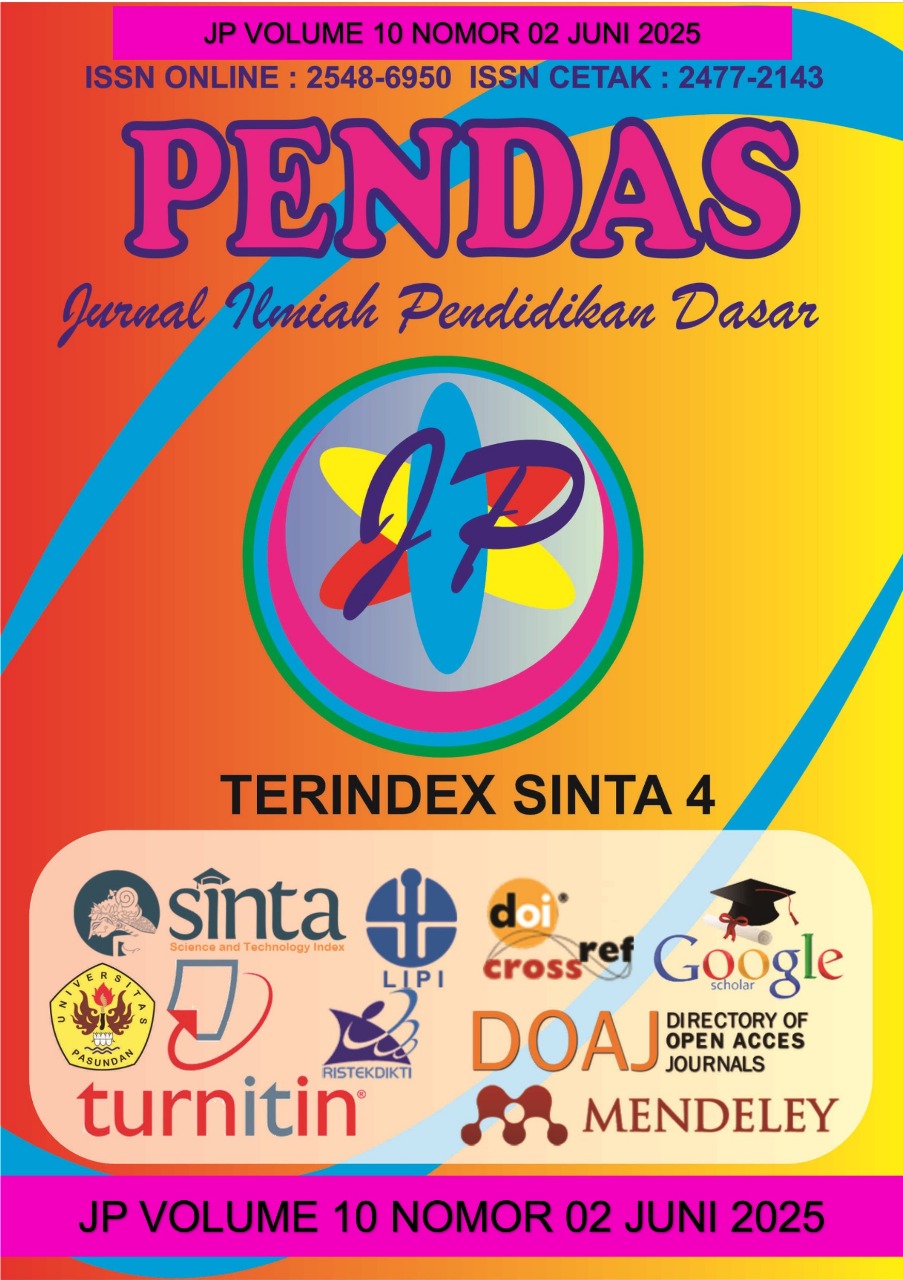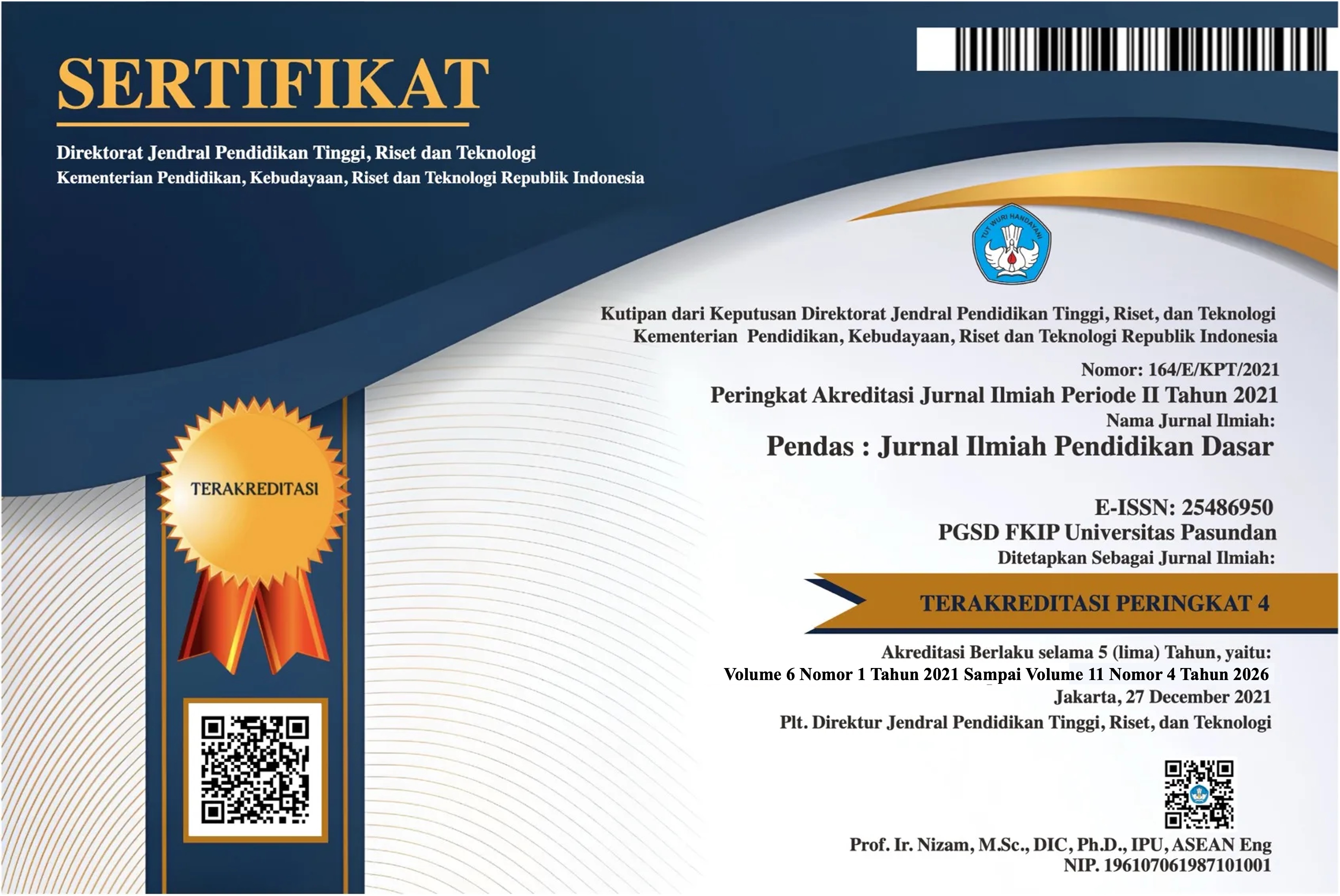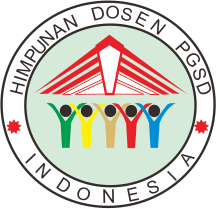PENERAPAN MODEL PEMBELAJARAN SSCS (SEARCH, SOLVE , CREATE, AND SHARE) DALAM MENINGKATKAN KEMAMPUAN BERPIKIR KOMPUTASIONAL SISWA SMP
DOI:
https://doi.org/10.23969/jp.v10i2.25774Keywords:
computational thinking, learning model, and junior high school students, SSCSAbstract
This study aims to analyze the implementation of the SSCS (Search, Solve , Create, Share) learning model in enhancing junior high school students' computational thinking skills. The reSearch employed a mixed methods approach with a descriptive design. The reSearch subjects consisted of 30 seventh-grade students from SMP Negeri 22 Malang and an Informatics subject teacher. The reSearch instruments included teacher observation sheets for managing learning, student activity observation sheets, student response questionnaires, and pretest and posttest assessments to measure improvements in computational thinking abilities.The results showed that the teacher effectively managed the learning process, rated as excellent in the Search and Share phases, and good in the Solve and Create phases. Observations of student activities indicated high levels of engagement, with participation rates reaching 93% in the Search phase and 90% in the Share phase. Students' responses to the SSCS model were very positive, with average questionnaire scores above 4 on almost all indicators. Meanwhile, the pretest and posttest results analyzed using the N-gain method yielded an average score of 0.6394, categorized as moderate improvement. It can be concluded that the implementation of the SSCS learning model is effective in enhancing junior high school students’ computational thinking skills, as indicated by active student engagement, positive responses to the model, and a significant improvement in learning outcomes.
Downloads
References
Arisa, S. N., & Khaldun, I. (2021). The Effect of Search , Solve , Create and Share Learning Models to Improve Students ’ Critical Thinking Skills on Acid and Basic Titration Materials. Jurnal Penelitian Pendidikan IPA, 7(2). https://doi.org/10.29303/jppipa.v7i2.62 5
Batul, F. A., Pambudi, D. S., & Prihandoko, A. C. (2022). Pengembangan Perangkat Pembelajaran Model SSCS dengan Pendekatan RME dan Pengaruhnya Terhadap Kemampuan Berpikir Komputasional. AKSIOMA: Jurnal Program Studi Pendidikan Matematika, 11(2), 1282–1296. https://doi.org/10.24127/ajpm.v11i2.5074
Hmelo-Silver, C. E. 2004. Problem Based Learning: What and How Do Students Learn?. Journal of Educational Psychology Review. Vol. 16, No. 3: 235- 266.
Meika, I., Ramadina, I., Sujana, A., & Mauladaniyati, R. (2021). Kemampuan Pemecahan Masalah Matematis Siswa Dengan Menggunakan Model Pembelajaran SSCS. 05(01), 383–390.
M. Monalisa, “Analisis Berpikir Komputasional Siswa SMP pada Kurikulum Merdeka Mata Pelajaran Informatika,” DIAJAR J. Pendidik. dan Pembelajaran, vol. 2, no. 3, pp.298–304, 2023.
Prastyo, T. D., Setiarini, T., & Lisnawati, I. (2023). Analisis Berpikir Komputasional Mata Pelajaran Informatika Siswa Kelas X DPIB SMK Negeri 1 Pacitan Pada Kurikulum Merdeka. Jurnal Edumatic : Jurnal Pendidikan Matematika, 4(1). https://doi.org/10.21137/edumatic.v4i1.687
Safi’i, A. (2020). Pengaruh Model Pembelajaran Search, Solve , Create and Share (SSCS) Terhadap Kemampuan Berpikir Refletif Matematis dan Kemampuan Pemecahan Masalah Matematis Peserta Didik.
Safitri, I. A., Suyitno, H., & Walid. (2020). Kemampuan Pemecahan Masalah Matematika Siswa SMP Ditinjau dari Metakognisi pada Pembelajaran Creative Problem Solving. PRISMA, Prosiding Seminar Nasional Matematika, 3, 449–458. https://doi.org/10.37630/jpm.v9i2.253
Selby, C., & Woollard, J. (2014). Refining an Understanding of Computational Thinking. Special Interest Group on Computer Science Education (SIGCSE), 1–23.
Setiawan, A. R. (2020). Pembelajaran Tematik Berorientasi Literasi Saintifik. Jurnal Basicedu, 4(1), 51–69. https://doi.org/10.31004/basicedu.v4i1.298
Simanjuntak, E., Armanto, D., & Dewi, I. (2023). Analisis Kemampuan Berpikir Komputasional Matematis Siswa Dalam Menyelesaikan Soal Pisa Konten Change And Relationship. Jurnal Fibonaci: Jurnal Pendidikan Matematika, 4(1). https://doi.org/10.24114/jfi.v4i1.46106
Wahidah, B. F., dan H. Hasrul. 2017. Pengaruh Pemberian Zat Pengatur Tumbuh Indole Acetic Acid (IAA) terhadap Pertumbuhan Tanaman Pisang Sayang (Musa paradisiaca L. Var. Sayang) secara In Vitro. Teknosains: Media Informasi Sains dan Teknologi, 11(1): 27-41.
Wing, J. M. (2006). Computational Thinking. COMMUNICATIONS OF THE ACM, 49.
Zulkarnain, Zulnaidi, H., Heleni, S., & Syafri, M. (2020). Effects of SSCS Teaching Model on Students’ Mathematical Problemsolving Ability and Self-efficacy. International Journal of Instruction, 14(1), 475–488. https://doi.org/10.29333/IJI.2021.14128A
Downloads
Published
Issue
Section
License
Copyright (c) 2025 Pendas : Jurnal Ilmiah Pendidikan Dasar

This work is licensed under a Creative Commons Attribution 4.0 International License.



















